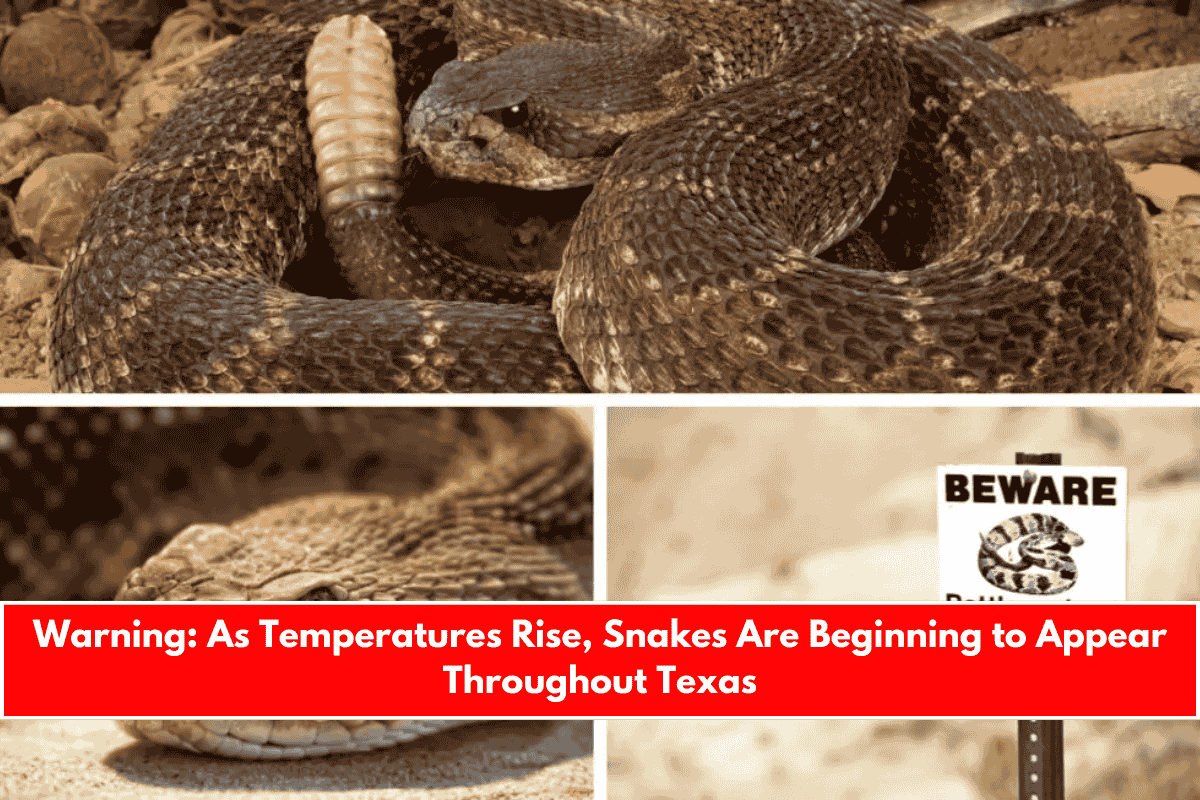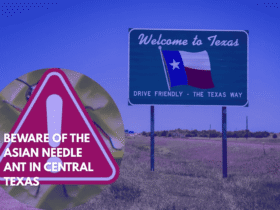Springtime in Texas brings sunshine, wildflowers, allergies, and more time outdoors. But it also means the return of something not everyone loves — snakes. As the weather gets warmer, snakes come out of their winter hiding spots and become more active across the state.
From wildflowers like bluebonnets to wildfires and severe weather, spring in Texas is always eventful. But it’s also important to stay alert for slithering visitors in your yard, park, or even driveway.
Here’s what you need to know about spotting snakes in Texas, how to tell if they’re dangerous, and what to do if you see one.
Snake Season Is Starting in Texas
In recent days, warnings have come from North, Central, and East Texas about increased snake sightings. As spring temperatures continue to rise, it’s normal for snakes to come out in search of food and sunlight. They’re usually found in fields, near rocks, under logs, or in grassy areas — but sometimes even close to homes or backyards.
Which Snakes in Texas Are Venomous?
Texas is home to many different types of snakes — some harmless, some venomous. The most well-known is the rattlesnake, but there are a few others to watch out for:
- Rattlesnakes (Western Diamondback, Timber, Mojave, and others)
- Copperheads
- Cottonmouths (also known as Water Moccasins)
- Coral Snakes
These snakes can be dangerous if provoked. Most of the time, they’ll leave you alone if you don’t threaten them.
How Can You Tell If a Snake Is Venomous?
According to NBCDFW, one quick way to check if a snake might be venomous is to look at its eyes. Venomous snakes usually have slitted or elliptical pupils, similar to a cat’s eye. Non-venomous snakes usually have round pupils.
However, it’s not always safe to get that close to find out — so the best advice is to treat every unknown snake with caution and keep your distance.
What to Do If You See a Snake
If you come across a snake while walking, working in your yard, or hiking:
1. Stay calm – sudden movements might scare the snake.
2. Back away slowly – do not try to touch or kill the snake.
3. Listen for rattling sounds – if you hear it, move away quickly but carefully.
4. Never reach under rocks, wood piles, or bushes without checking first.
If you are bitten by a snake, seek medical help immediately. Do not try to treat the bite yourself or guess what kind of snake it was.
Snakes Actually Help the Texas Environment
Even though snakes might make you uncomfortable, they play an important role in nature. They help control the rodent population by eating rats and mice — keeping pests away from farms, homes, and food sources.
Last year, for example, one Texas family let a large bullsnake roam their land. It never bothered them and happily feasted on rodents. A peaceful win-win for both sides!











Leave a Reply